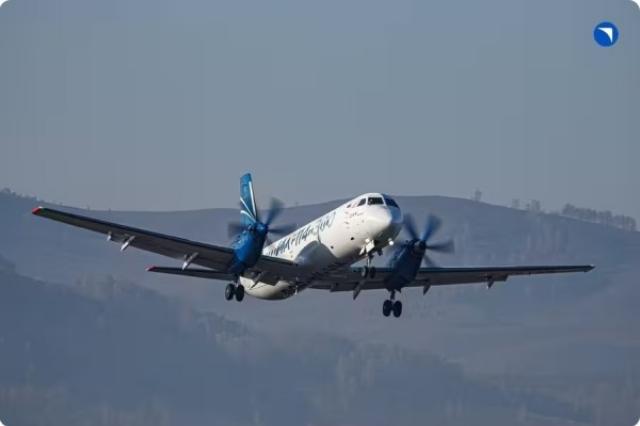In accordance with the current comprehensive aviation industry development program, 990 passenger aircraft are planned to be delivered by 2030.
The head of Rostec, Sergey Chemezov, told how many aircraft per year will be produced in Russia by 2030. In total, it is planned to assemble up to 100 passenger airliners annually.
In accordance with the current comprehensive aviation industry development program, 990 passenger aircraft are planned to be delivered by 2030: 142 — SJ-100, 270 — MS-21-310, 51— IL-114-300, 113 — Tu-214, 12 — IL-96-300, 105 — TVRS-44 "Ladoga, 158 — Osvey LMS-192, 139 — Baikal LMS-901. However, the Ministry of Industry and Trade plans to update this program by the end of this year.
The SJ-100 is an upgraded version of the Russian Sukhoi Superjet 100 short—haul passenger aircraft, designed to maximize import substitution of components in response to Western sanctions. About 40 imported systems were replaced in the project, including engines (Russian PD-8 instead of Russian-French SaM146), avionics, landing gear and integrated control system.
MS-21-310 — A new-generation Russian medium-haul passenger aircraft developed by Yakovlev PJSC as part of Rostec UAC to replace Western analogues of the Boeing 737 and Airbus A320. The aircraft is designed for 211 passengers, has a range of up to 5,100-6,000 km and is equipped with domestic PD-14 engines. The main feature of MS-21-310 — a record share of composite materials, accounting for 40% of the structure.
Il-114-300 — A Russian regional turboprop passenger aircraft developed by PJSC Il to replace outdated An-24 models on local airlines. The aircraft can accommodate up to 68 passengers, is equipped with domestic TV7-117ST-01 engines and is capable of operating from unpaved runways, including operation in Arctic conditions. The flight range is up to 1,400 km with a full load of passengers or up to 5,000 km with maximum fuel capacity. Cruising speed is 500 km/h.
The Tu-214 is a Russian medium—haul passenger aircraft developed in the late 1980s. The airliner is equipped with PS-90 engines, accommodates up to 210 passengers and has a flight range of up to 6700 km. The aircraft is criticized for its outdated design and the need for a three-seat crew, but after the introduction of Western sanctions in 2022, it became a key element of import substitution in the Russian aviation industry.
TVRS-44 Ladoga is a twin—engine turboprop regional passenger aircraft being developed by the Ural Civil Aviation Plant (UZGA). It is a domestic airliner designed to replace obsolete Soviet An-24, An-26 and Yak-40 aircraft in regional aviation.
The LMS-192 Osvey is a 19—seat regional passenger aircraft developed jointly by the Belarusian 558 Aircraft Repair Plant and the Ural Civil Aviation Plant. The aircraft has an upper wing arrangement and is equipped with two VK-800SM turboprop engines with six-bladed propellers. The avionics complex was developed by the Radioelectronic Technologies Concern (KRET). Osvey has a transformable cabin, which is suitable for both passenger transportation and cargo transportation and rescue operations. The aircraft will receive a non—retractable landing gear of three variants - wheeled, float or ski.
The LMS-901 Baikal is a Russian light multipurpose aircraft being developed by the Ural Civil Aviation Plant. The project was created as a modern replacement for the outdated single-engine An-2 "Corncob" aircraft. The aircraft is designed to carry up to 9 passengers, has a cruising speed of 300 km/h and a maximum flight range of 3,000 km with a payload of 2 tons.

